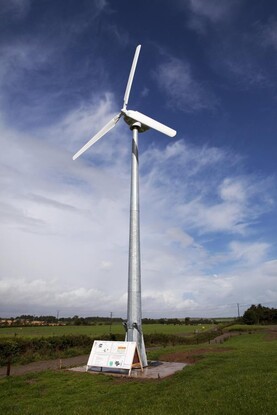Slurry: From next Thursday 13 January, farmers in Zone A; counties Tipperary, Cork, Waterford, Kilkenny, Carlow, Laois, Offaly, Kildare, Dublin, Wexford and Wicklow, will be permitted to spread slurry, weather permitting.
Farmers in Zone B will be permitted to spread from 16 January. These are counties Clare, Galway, Kerry, Limerick, Longford, Louth, Mayo, Meath, Roscommon, Sligo, and Westmeath.
Leitrim and all of Ulster cannot spread slurry until 1 February.
Farmers in Zone A should do up a plan for slurry management now. The key thing is to cover as much of the farm as possible with slurry over the course of the spring.
Delaying the first application to early February will lead to a better grass-growth response, but to do this you need to have capacity in the slurry tanks. In order to get the best use of slurry, spread no more than 2,500 gallons/acre now.
Umbilical slurry systems often spread far more, partly because some operators are reluctant to cover more area as it means using more pipe, which takes up more time at the busiest time of the year.
However, with the cost of chemical fertiliser, farmers must get the most out of slurry and that means keeping application rates low.
Building work: With only weeks to go before the main calving season, now is the time to get any building works around yards and sheds completed.
It’s a good idea to ask a few farming friends to visit the farmyard and assess calving and calf rearing facilities. In many cases, a few small and simple alterations can save a lot of time and hardship. While these may be obvious to someone else, they can often be missed by the farmer themselves. In one situation I came across recently, in order to get milking cows into and out of a cubicle shed, the farmer had to move the in-calf cows out of the shed, which took time and caused hassle.
The solution was to put up temporary gates around the back of the shed to funnel them in that way. It might only save 20 minutes a day but that adds up to one day’s work a month. Time-saving solutions allow more time for thinking, planning and managing which has a huge return on investment.
Milking machines: The focus this week is on milking equipment and milk quality. Many farmers are talking about installing solar photovoltaic (PV) panels as a means of reducing exposure to rising energy costs.
As outlined here, these do have the ability to reduce the farm’s reliance on purchased electricity, but only by about 30% and when used in conjunction with an electric water heater. The process of using the electricity generated from the panels to heat the water needed for washing the milking machine acts like a battery storage device.
Payback will vary depending on cost of electricity and panels, but also on whether or not grant aid is available. The impact on carbon footprint per kilo of milk sold will be relatively small.
Arrange with your milking machine technician for the annual service and test of the milking parlour.
Liners should be changed at every 2,000 to 2,500 milkings depending on manufacturer specifications, but it’s recommended to change the liners and short pulse tubes at the start of the new season anyway.






 This is a subscriber-only article
This is a subscriber-only article











SHARING OPTIONS: